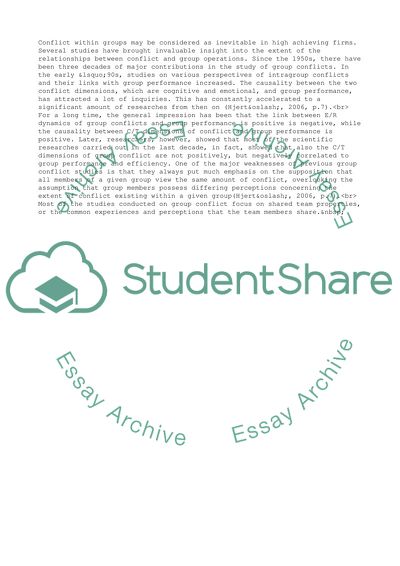Cite this document
(Conflict within Groups Assignment Example | Topics and Well Written Essays - 3500 words, n.d.)
Conflict within Groups Assignment Example | Topics and Well Written Essays - 3500 words. Retrieved from https://studentshare.org/business/1669436-experience-of-the-group-assignment
Conflict within Groups Assignment Example | Topics and Well Written Essays - 3500 words. Retrieved from https://studentshare.org/business/1669436-experience-of-the-group-assignment
(Conflict Within Groups Assignment Example | Topics and Well Written Essays - 3500 Words)
Conflict Within Groups Assignment Example | Topics and Well Written Essays - 3500 Words. https://studentshare.org/business/1669436-experience-of-the-group-assignment.
Conflict Within Groups Assignment Example | Topics and Well Written Essays - 3500 Words. https://studentshare.org/business/1669436-experience-of-the-group-assignment.
“Conflict Within Groups Assignment Example | Topics and Well Written Essays - 3500 Words”, n.d. https://studentshare.org/business/1669436-experience-of-the-group-assignment.


